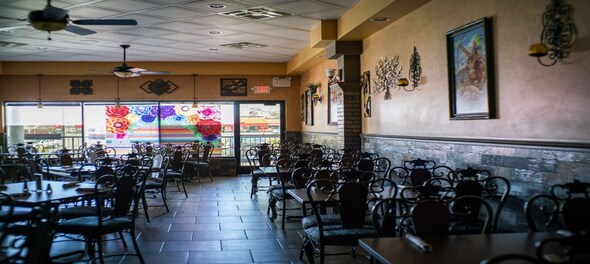
While calling, the auto-generated mobile messages strike a chord “step out of your homes only when it is utmost necessary”. The services related to food delivery, which were once promoted for ease and convenience, have become essential even from a safety perspective.
The government has been focusing and emphasising the safety of all individuals. One word that perfectly encapsulates the GST Council meetings is ‘visionary’. A policy decision-making session directed all their attention to the Government’s ability to keep up with the vulnerabilities of the easily malleable future through taxation. Between issues of immediate concern of dealing with the ongoing pandemic and maintaining fiscal pockets, the announcement that has the public abuzz with simmering discourse is the proposal to charge GST on cloud kitchens and food delivery platforms.
With enhanced usage, regulation through taxation of such services becomes inevitable to curb underreporting and tax evasions. It appears that the proposals do not intend to put any additional burden on final consumers and that the announcements only shift the tax burden from the restaurant to the delivery service provider.
While seemingly simple at its face, there is a need to smoothen a few knots out to achieve the aim. The foremost concern is the possibility of tax cascading because the Government is yet to elucidate the exact credit process that will be followed. There must be clarity that the output tax of the restaurants will not be denied as eligible credit to the delivery service providers. We must not forget the unfortunate loss of credit that the restaurants are already trying to cope with. If the Government follows the announcement made in the GST Council meeting to the tee, then the uncertainty of a break in the tax chain must be addressed.
Another specific obstacle that the Government may encounter at the time of implementation is the dhabas and smaller ventures that are exempt due to the turnover threshold limit. When offering to deliver for an entity that has been expressly exempted from tax liability, will e-commerce operators also benefit from the same exemption? Again, this is a potential red flag pointing to a possibility of cascading of tax that the customer will bear. A similar situation may arise for the unclassified category of home kitchens which have seen a substantial upswing during the pandemic. Since the Government has been formulating forward-thinking policies, structuring a clear path for these small businesses will have a significantly high price elasticity of demand. The taxation system will be traumatic for them in case e-commerce is taxed for delivering the food.
These are among the many questions that plague the forthcoming proposals, which in case left unclarified, may garner a lot of disdain from a large section of the consumers dependant on these services. With only three months left, as the date of implementation of the policy fast approaching on 1 January 2022, the Government must issue ample clarifications that allay any hesitancies in the minds of customers, e-commerce operators and restaurants.
—Abhishek A Rastogi is Partner at Khaitan & Co. Views in this article are personal and do not constitute legal/ professional advice of Khaitan & Co.
Read other articles from the author here
(Edited by : Anshul)
First Published: Sept 24, 2021 7:23 PM IST
Check out our in-depth Market Coverage, Business News & get real-time Stock Market Updates on CNBC-TV18. Also, Watch our channels CNBC-TV18, CNBC Awaaz and CNBC Bajar Live on-the-go!


Supreme Court says it may consider interim bail for Arvind Kejriwal due to ongoing Lok Sabha polls
May 3, 2024 4:57 PM
10% discount on fare on Mumbai Metro lines 2 and 7A on May 20
May 3, 2024 2:40 PM

